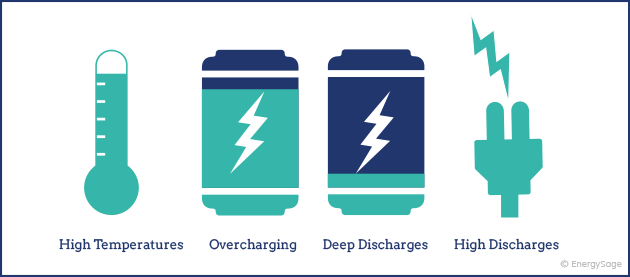Electric cars are becoming popular rapidly. The batteries are a crucial component of EVs. These batteries contain energy that propels the vehicle. Nevertheless, issues of safety and performance with EV batteries have never been any different. Currently, advances in 2025 can make EV batteries more welcoming and efficient in sustaining energy and improving their safety. These advances in safety will be discussed in this blog.
What are EV Battery Safety Risks?
Lithium-ion is the primary battery technology in EVs. A significant amount of energy can be stored in these batteries in comparatively very small spaces. However, they may also become hot when not properly handled. The battery may catch fire in the case of too much heat. This risk places safety improvements as important. More so, batteries deteriorate in terms of power, and this reduces the range of the car.
Key Safety Increment in EV Batteries
- Solid-State Batteries
The transition to solid-state batteries is one of the largest. These batteries are made of solid materials rather than the liquid electrolytes of previous batteries. This solid material is not easily fire-catching. Solid-state batteries are therefore far safer. It can also be loaded with more energy, which implies that the car can cover an extended distance on a single charge.
- Solid-State Batteries
A battery Management System ensures a battery is maintained in the right state and is safe. New BMS technologies are able to observe every cell of the battery very closely. They test the temperatures, voltage, and the level of charge at any point in time. In case of anything not behaving properly, the system could slow down or halt charging to prevent trouble. This prevents batteries from overheating and also from short-circuiting.
- Improved Cooling Systems
It is essential to cool the batteries so as to make them safe. Most new EVs have switched to liquid cooling. This system is used to pump out liquid to remove heat from the battery quickly. Charging the battery will avoid such injuries and reduce the risk of fire. Improvement of cooling also contributes to extending the battery duration, as well as increasing the temperature range.
- Use of Safer Materials
Battery makers are now using safer materials inside batteries. For example, some use less flammable chemicals or add fire-resistant layers inside the battery cells. These changes make it harder for a fire to start or spread if the battery is damaged. These safer materials help protect both the driver and the car.
- Fast and Safe Charging Technologies
Charging stations are also getting better at keeping batteries safe. New chargers can supply the right amount of power without stressing the battery. Some use smart controls that adjust the charge speed based on battery health and temperature. This careful charging avoids overheating and keeps the battery healthy for a longer time.
- Robust Battery Casings
The outer case of EV batteries gets stronger, too. Manufacturers now use tough materials that protect the battery even in crashes. These cases also include special layers to stop fire from escaping the battery pack. A strong casing protects passengers by reducing damage during accidents.
- Thermal Runaway Prevention
Thermal runaway happens when a battery heats up so much that it causes a chain reaction, leading to fire. New designs include sensors and automatic controls to detect early signs of thermal runaway. These systems can shut down parts of the battery or cool it quickly to stop fires before they start.
- Recycling and Second Use Safety
Another important safety area is what happens to batteries after use. New ways of recycling remove dangerous parts safely. Also, worn-out EV batteries can be used again for less demanding tasks like storing solar energy. These second uses extend the battery life and keep harmful materials out of the environment.
Benefits of These Advancements
These safety improvements help EV owners in many ways. Drivers can feel more sure that their car is safe to drive. Batteries last longer, which means fewer replacements and lower cost. Cars can drive longer distances, which helps with everyday use. Finally, safer batteries help protect the environment by reducing the risks of dangerous fires and pollution.
Conclusion
The push to improve EV battery safety brings many good changes. Solid-state batteries, smarter management, better cooling, and safer materials all make EV batteries stronger and less risky. These advancements not only protect drivers but also help make electric cars more popular.

